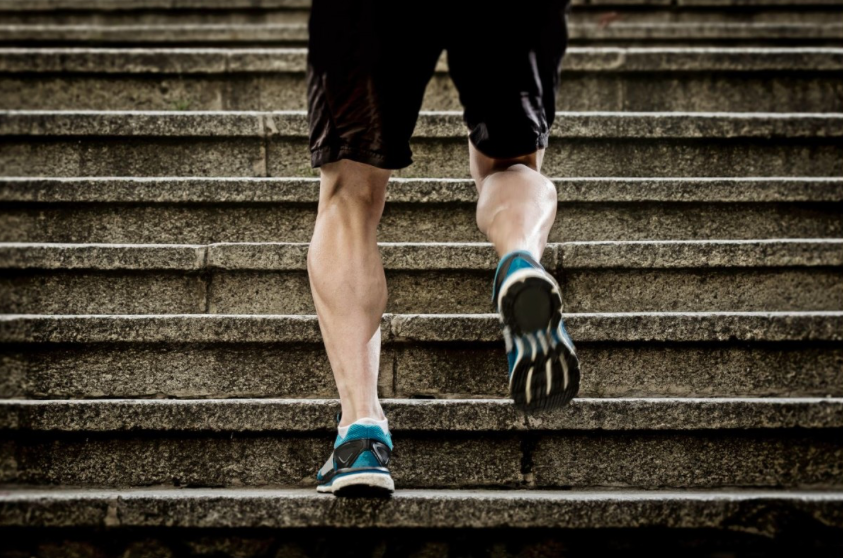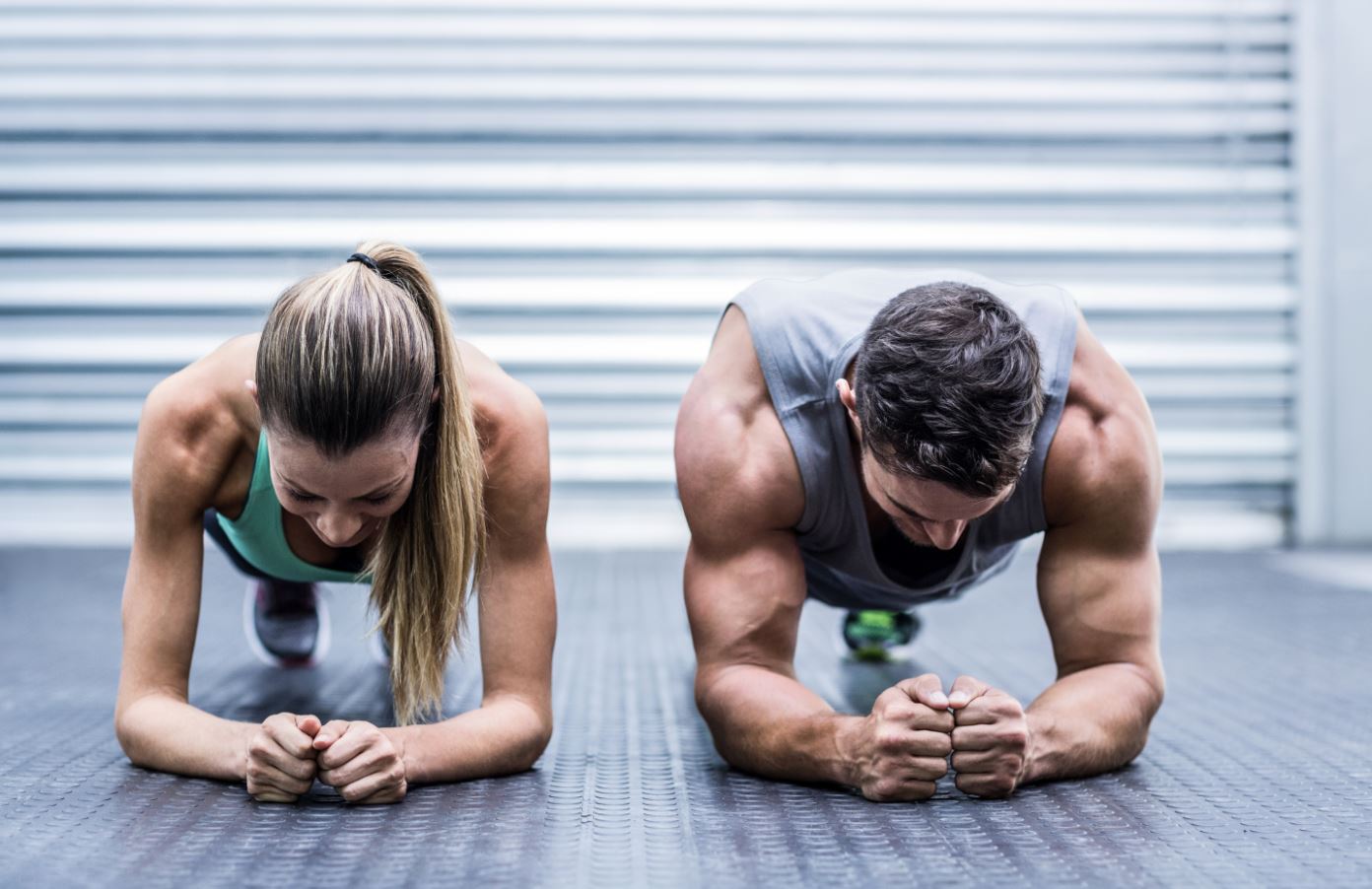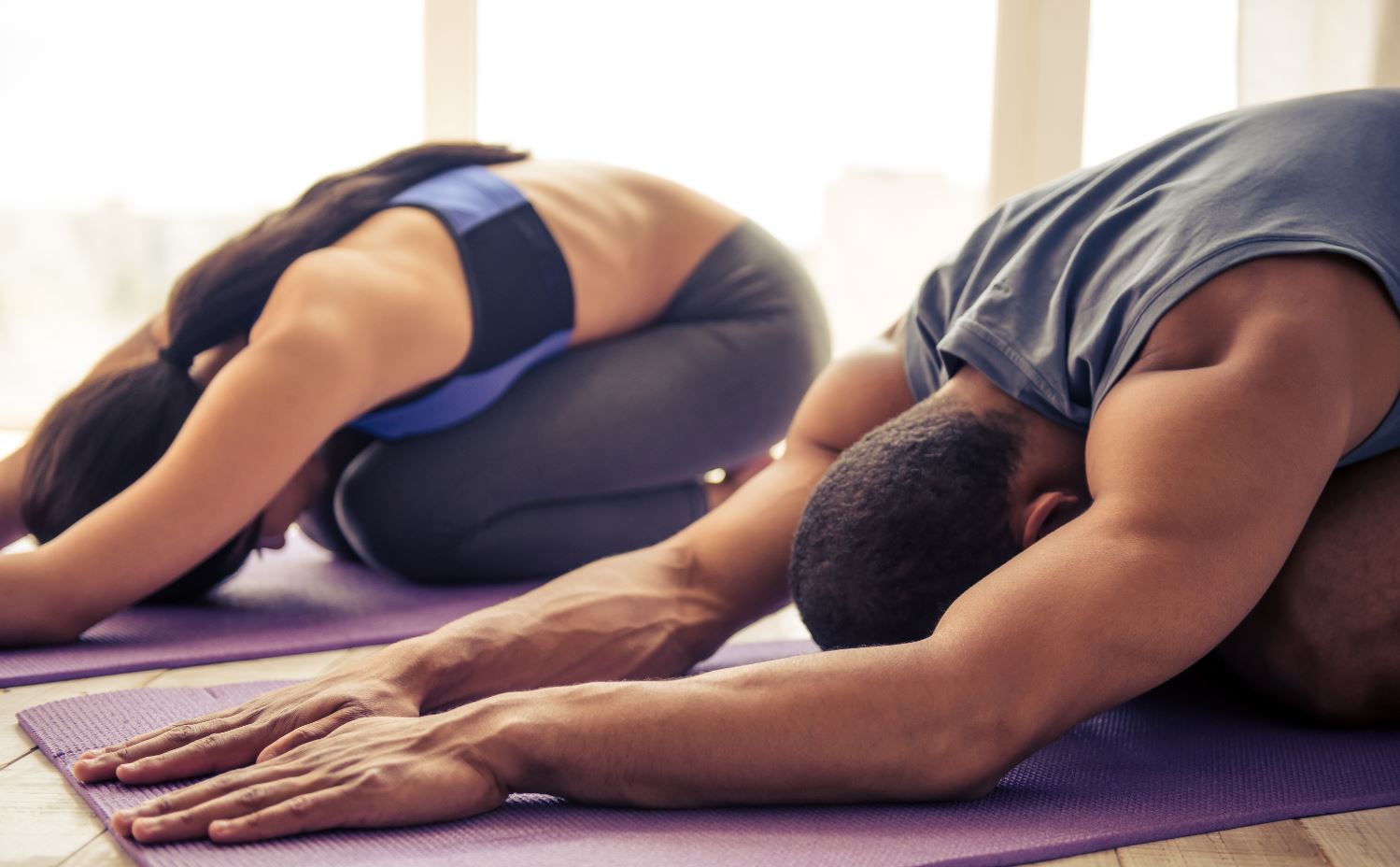Getting Your Ski Legs Back – The Importance of Ski Conditioning and When to Begin… Right Now
Skiing and snowboarding are not only fun, exhilarating ways to get some fresh air, and to spend some time with friends and family in our beautiful Rocky Mountains. They are also physically demanding activities. That’s why it’s so important to be proactive, not reactive, and to prepare for the upcoming season with a good ski conditioning regimen, says Emily Harris, Doctor of Physical Therapy (DPT) at Steamboat Spine & Sports Physical Therapy. No one knows how much strain skiing and snowboarding can put on our bodies like physical therapists. They’re the ones who deal with all the injuries that can result from imbalances and weaknesses in the body.
“Even if you’re already in great shape from trail running or mountain biking, skiing and riding on the mountain is going to test your body in different ways. If you’re not ready, you are more likely to sustain an injury. So, preparing your body for it is crucial,” Harris says. “It’s important to start training a couple months out.” With the recent snowfall in the Yampa Valley, that time is now.
There are a wide variety of fitness classes and programs available in Steamboat that would make for great ski conditioning. But whether you’re a CrossFit junkie, hot yogini, or Barre enthusiast, Harris has a few general guidelines to keep in mind.
It’s not just about the legs.
“Clearly, all over body conditioning is super important,” Harris says. “But certain muscle groups tend to get overlooked, creating imbalances that can lead to injury.” Many mountain athletes have overdeveloped quads, but if the quads overpower the hamstrings, for example, that can lead to an ACL tear in the knee. Hip and glutes are also important to provide support for the lower back and legs, as are the abdominals. Harris says it’s a good idea to find a type of exercise that’s going to target those weaker muscles effectively and to always focus on using proper form.
Find a fitness regimen that helps, not hurts.
“If you’re someone who likes to go to classes, it’s important to find a class you like and that works for you, not to just get caught up in the latest trend,” Harris says. “Maybe you have friends that are going to CrossFit or hot yoga, and those are great classes, but it might not be the right thing for you. You can get hurt in those classes if you’re not ready or you don’t use proper form. It’s important to find a class or type of exercise that works for your body and where you are fitness-wise.” If you’re not sure, Harris suggests working with someone one-on-one, whether it’s a personal trainer or physical therapist, who can help you assess your strengths and weaknesses and suggest what types of exercises and fitness classes might be best for you.
Catch your breath.
“A good cardio base is something you want to keep up with year-round, just for your general health, but it’s also really important in order to be prepared for skiing and riding at higher altitudes,” Harris says. This is especially important for people coming from sea level. “The truth is, the only way to train for altitude is to be at altitude, so if you are a visitor and you can work it into your travel schedule, plan to come a little early and do some cardio here before you hit the slopes. Getting off the plane and heading straight for the mountain is going to be very difficult on your body, so any altitude preparation that you can do is better than none.” Whether you live here or not, good cardio fitness is a must for ski season. Be sure to integrate at least 30 minutes of running, hiking, or biking into your ski conditioning program 3-5 times a week. Anaerobic training, which integrates intense bursts of exercise with periods of rest and plyometric training, which involves jumping or rebounding to increase muscle power, are also important. Some circuit training-style classes, like CrossFit and HiiT, that integrate power moves (box jumps, jumping rope, etc.) are going to be effective.
Get your balance.
It’s important that you have a good balance of strength and flexibility. “When you get into trouble is when you’re too far on one end of the spectrum. If you’re tight, your body may not be able to handle the awkward position of a twist or pull from a fall,” Harris says. “If you’re too flexible and you don’t have enough stability, you’re going to be at risk of injury when you hit weird snow or go over a mogul wrong. You need to have good balance between the two.” If you’re someone who lives at the yoga studio, strength training might be a good ski conditioning regimen for you. On the flip side, if you spend your nights at the gym, you might want to try incorporating some yoga into your routine before hitting the slopes this winter.
Be proactive vs. reactive.
“One thing I would encourage people to do if they know they have weak spot or a lingering injury they need to address is to make an appointment with a PT so a professional can tailor a program specifically for you.” When it comes to injuries on the hill, the best medicine is preventative preparation and training.
“Be proactive. Whether they know it or not, most people have some type of weak spot. The sooner you can address those and decrease compensatory patterns, the better off you’re going to be. If you learn what’s deficient and how to strengthen properly, you’ll have the power to heal yourself and have a greater likelihood of avoiding injury.”
See you on the slopes!
Charlie
Published with permission from steamboatsir.com





Links
Steamboat Areas
Popular Searches
Broker Associate
Popular Searches
Didn't find what you were looking for?